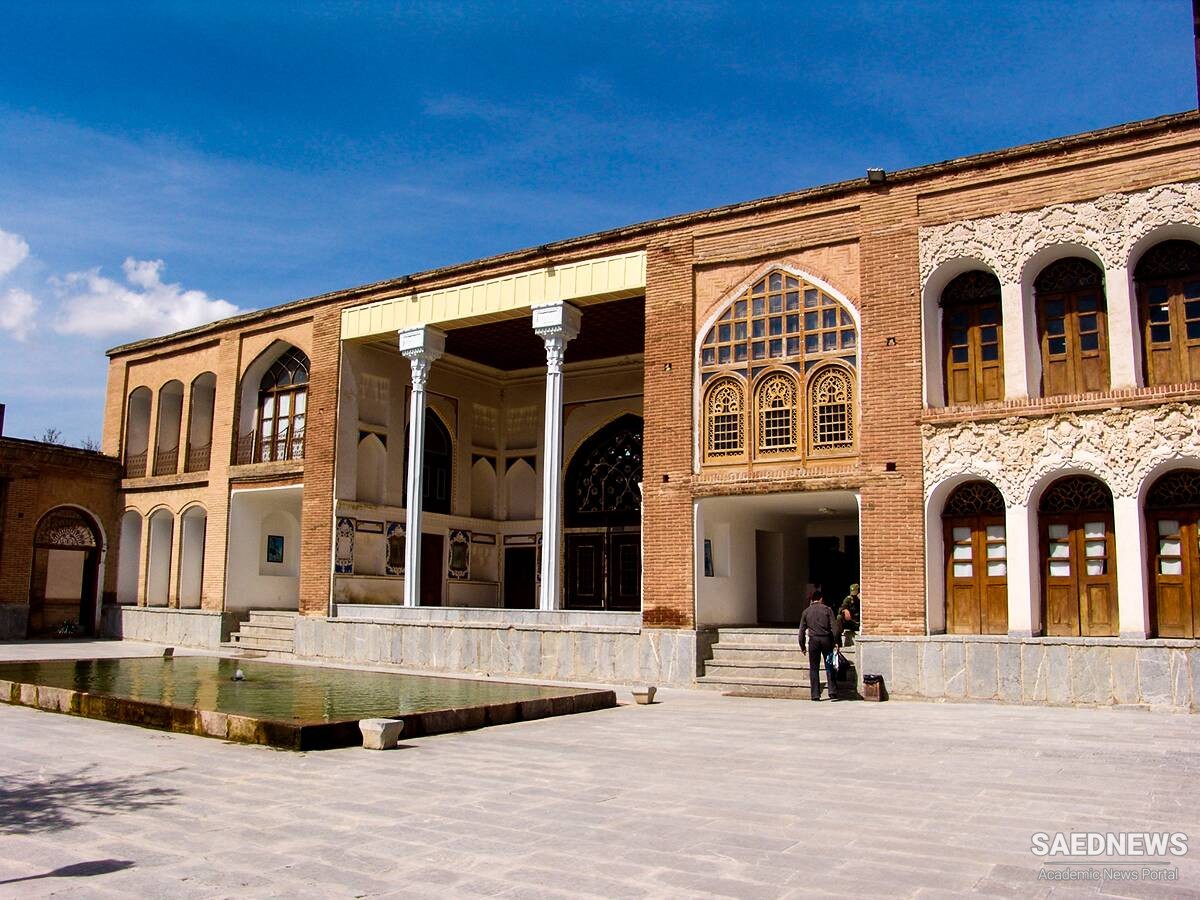The original building of edifice construction contains the most parts of northern side which includes the ceremonial hall, rooms and corridors parties and some parts of the eastern spaces related to Safavid era and the other parts or components have been added in Qajar and Pahlavi periods. Motamed Hashemiha's family (Amjad al-Ashraf) is known as the first founder of this building and probably Mirza Mohammad Reza Vaziri (Asef Divan's father) has owned it and this edifice gained its final magnificence by constructing the entrance (with a brick facade on the Iranian Baroque style) and eastern and western parts of it during Asef Divan period.
The Cultural Heritage Organization of Kurdistan has been considered as the management of this building in 1376 and it was reopened as the biggest anthropology museum relating to one tribe in Iran in 1382. Stucco, old Sashes, carved stones, mirror decorations, carved brick and embowed arches have been reflected skillfully in this building.
In addition to the building entrance and the entrance corridor, aqueducts and dividing water rooms, it has four gates known as the outer courtyard (main), inner courtyard, kitchen garden and employees yard. In the southwest corner of edifice, a specific bath was built in the architectural style of Iranian bath with lime designs.
Today, the southern part of this has been building turned into gallery and the other part has become a traditional tea house with a brick dome; also, the main pool has been refurbished and a porch built around it.


 Judaism and the Course of Human History
Judaism and the Course of Human History














































